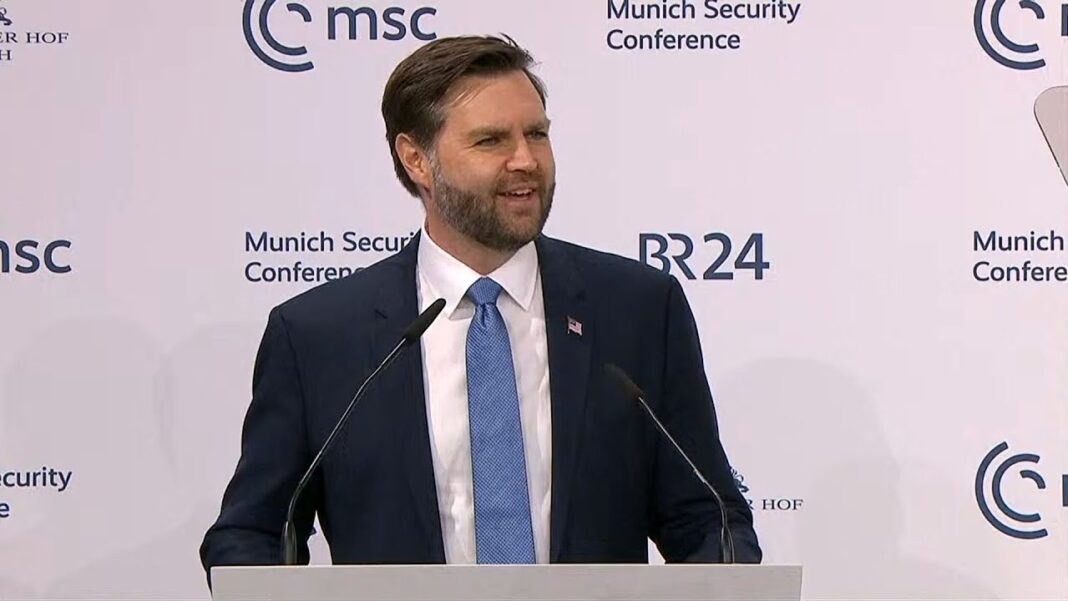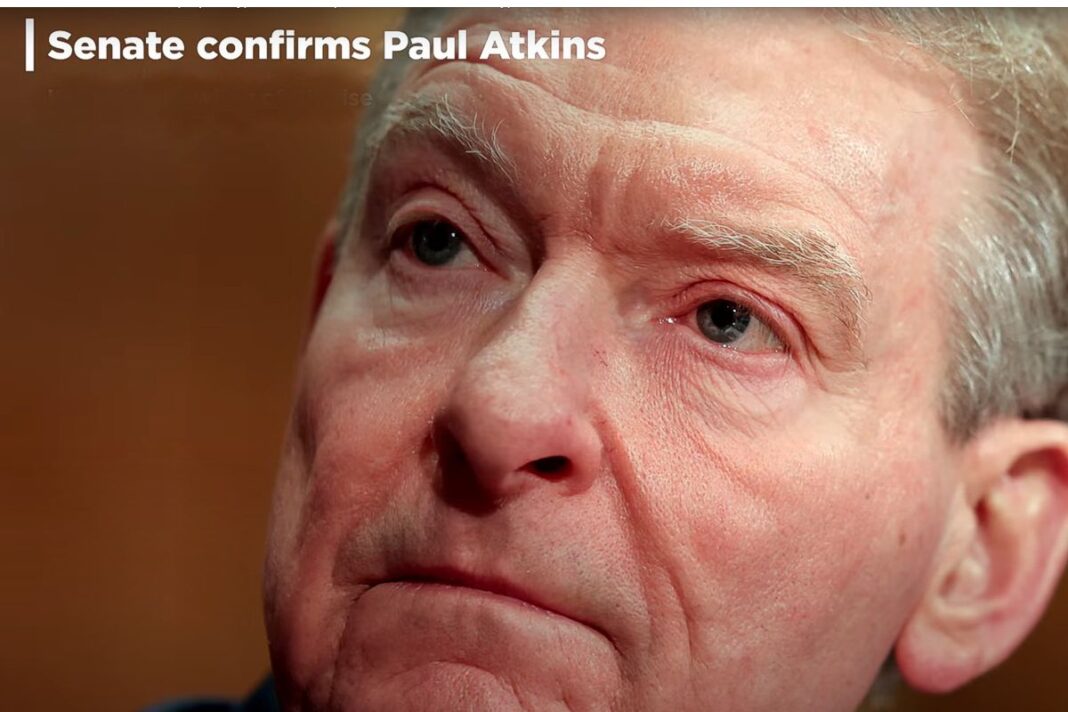A proposed 5-cent increase would mark a 56 percent rise in stamp prices since 2019, as USPS continues its push for long-term financial stability.
The U.S. Postal Service (USPS) said this week it is seeking to raise the price of first-class forever stamps from 73 cents to 78 cents this summer, the latest in a series of increases aimed at achieving financial stability.
If approved by the Postal Regulatory Commission, the price hike would take effect on July 13 and represent a roughly 7.4 percent increase across mailing services. Similar increases would apply to metered letters, domestic and international postcards, and other mail products.
The proposed rate adjustment follows a similar increase last year when the price of a stamp rose from 68 cents to 73 cents. Forever stamps, introduced in 2007, are first-class postage stamps that can be used to mail a standard letter at any time, regardless of future price increases.
If the new proposal is approved, the price of a forever stamp will have increased by 56 percent since 2019, when it cost 50 cents.
USPS said in a statement that the changes are needed to support its 10-year plan, which is intended to modernize infrastructure, improve service, and close long-standing budget shortfalls. Officials said that USPS prices remain among the lowest internationally and noted the agency receives no taxpayer funding for operating costs.
“As changes in the mailing and shipping marketplace continue, these price adjustments are needed to achieve the financial stability sought by the organization’s Delivering for America 10-year plan,” the agency said. “USPS prices remain among the most affordable in the world.”
The proposed changes would also lower the cost of postal insurance by 12 percent and include separate price filings for marketing mail and package services, depending on pending regulatory decisions.
USPS has faced mounting financial strain as first-class mail volume continues to decline in the digital era, and retailers such as Amazon have begun delivering some of their own packages. That pressure has intensified in recent years, prompting a series of rate increases and operational reforms.
By Chase Smith






